Amplifying this crisis has been the proliferation of deepfakes across the Internet. The total amount of deepfakes online has been doubling around every six months. Whereas there were approximately 7,964 deepfakes in December 2018, the number jumped to 85,047 by December 2020.
Inexpensive and widely available apps and software packages such as Wombo, Reface, Zao, MyHeritage, Faceswap, and DeepFaceLab have made it possible for amateurs to make convincing deepfakes. The ease and speed of production has been facilitated by access to big data, the proliferation of broadband Internet, and the adoption of Graphical Processing Units by the deep learning community to increase the speed of neural network training.


